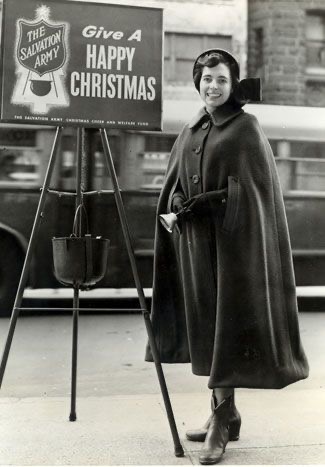
“Thrift is poetic because it is creative; waste is unpoetic because it is waste.”
GK Chesterton
Getting Started
Todays post covers a subject very near and dear to me, a pursuit into which I have poured much energy and many hours over the past decade or so. As the title may have given away, I’m talking about thrifting. In the last few years, as I’ve honed my skills and started to feel a real understanding of and joy for the hunt, thrift shopping has evolved from a niche hobby, appreciated by just a few, into something of a national past time. Today the young and painfully stylish revel in the heady mix of nostalgia and quality represented by vintage clothing. Thrift stores are stalked by an ever-growing throng of resellers and side hustlers, and the stigma of buying second hand has all but evaporated. Thrifting has gone mainstream, and in an amazingly short period of time. But as with most pursuits, once you scratch the surface there is a near endless well of knowledge and technique to be drawn from. In this series I will do my best to elucidate some of what I’ve learned about the art, and science of thrifting.
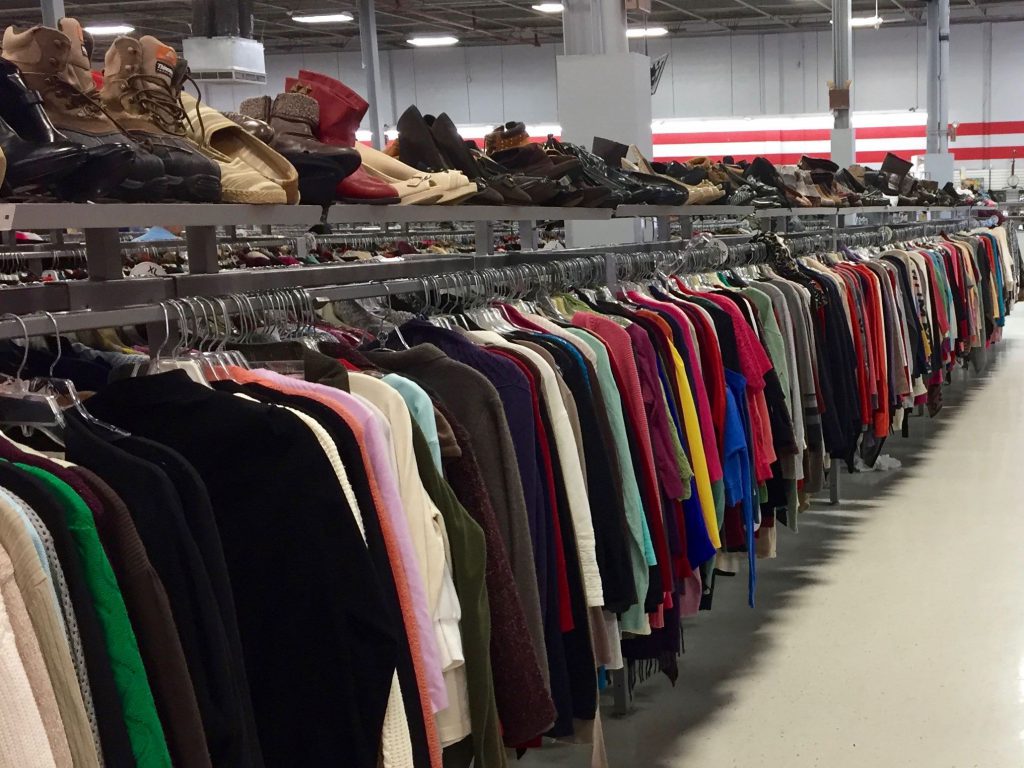
So Why Thrift?
Thrifting is far and away the most sustainable form of shopping, reusing goods otherwise destined for landfills or shipment to poorer nations (with unforeseen knock-on effects such as the disruption of local commerce and culture). So many contemporary retailers use ‘green’ advertising to push their wares, but genuine ethical consumption is virtually nonexistent in our society outside of thrift or consignment shopping. And then of course there is the thrill of the hunt, sifting through society’s castoffs in the hopes that we might find treasure amongst the junk. Racks of musty clothes and cast-offs become Aladdin’s cave. It’s only too easy to get a bit hooked on the Dopamine rush in the thrill of discovery. It should go without saying that getting those treasures for pocket change only adds to the thrill.
The enormous rate of consumption in our country ensures that thrift stores, at least in wealthy or populous areas, have an endless supply of nearly everything, from clothing to furniture, art, housewares and every bit of miscellany inbetween. With a great deal of patience, trial and error, and willingness to learn, it is possible to develop an eye discerning enough to make savvy buying decisions in a thrift store environment regardless of whether you are buying for yourself, for resale, or for the sheer excitement of discovering something truly special sitting unnoticed in a dusty corner of the local hole in the wall thrift shop.
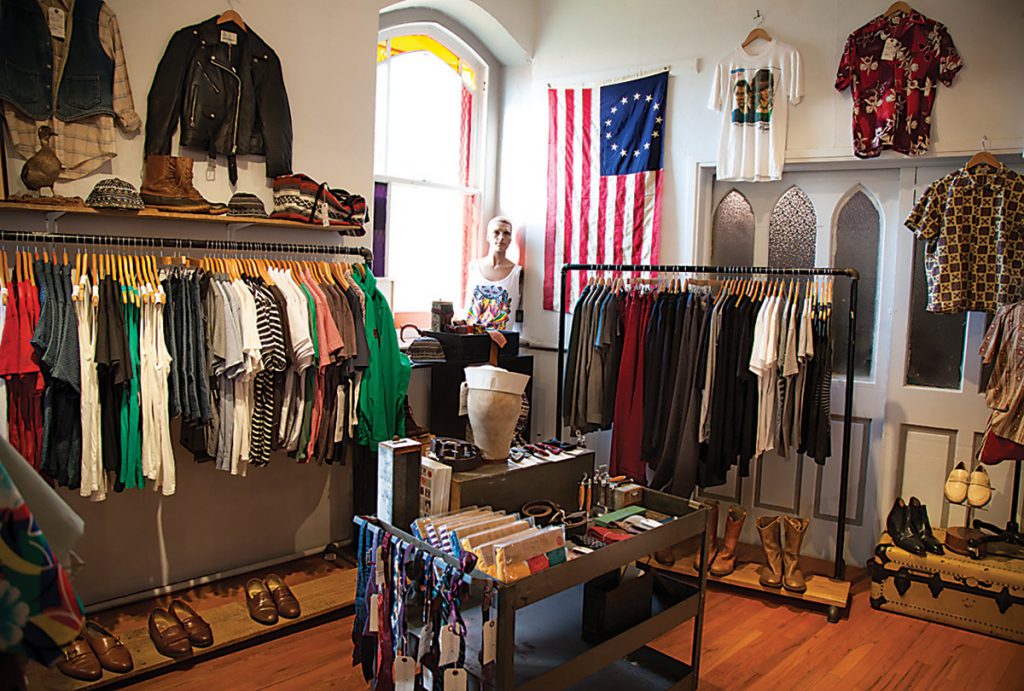
How?
The key element is simple enough: you have to spend time, probably a lot of time, going to thrift stores. Hands on experience is essential, as is often the case for easy to learn, difficult to master pursuits. You can do internet research and watch antiques roadshow to your heart’s content – don’t get me wrong, both are helpful – but nothing beats being able to examine a find, whether it’s a vintage leather jacket, a piece of enameled French cookware, or an ancient oak bureau and getting a sense of its feel and heft, a sense of what sets it apart from the sea of imitations and flimsy alternatives that surround you. Thrifting will almost always be better in wealthy urban or suburban neighborhoods (and maybe in neighborhoods that used to be wealthy but have lately fallen on hard times), but the absolute randomness of thrifting is much of its charm – you could find anything, anywhere. You probably won’t, but you could. Open mindedness and curiosity are key. Never count out that one shop that’s typically a bust – today could be the day. .
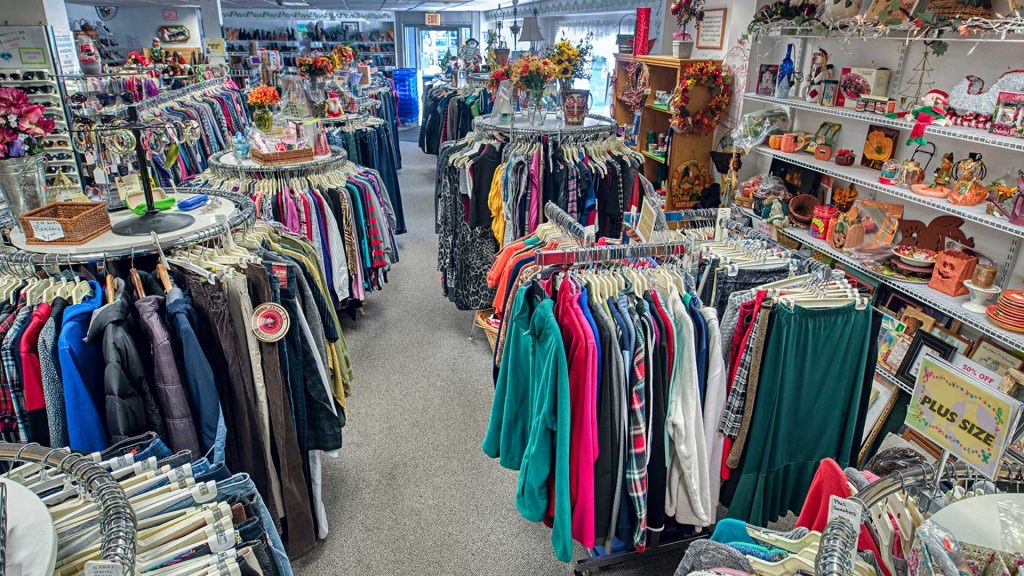
My personal preferences are at two different ends of the spectrum- the big box thrifts like Savers (Value Village in some areas) tend to have a great deal of inventory with high turnover rates, which means you stand to find something to love. I also enjoy the more intimate feel of church or community stores (I also like that I don’t feel the need to visit them as often as their larger counterparts – thrift FOMO is a real thing). In recent years, salvation and army stores and Goodwill stores, sort of the classic thrifting locales, have been combing through their donations and routing what they see as more valuable goods either to their online sales outlets or boutique store locations. Plenty of nice stuff still makes it through, of course, but my experience has been that the great finds are much fewer and further between than they used to be – and certainly nothing compared to pre-internet salad days.
Who?

Thrift stores in general are much more savvy about their inventory than they were in decades past – and the same goes for their customers. There are, in general, many more people combing the racks as a side hustle or cathartic hobby and thrift stores tend to attract an interesting and disparate mix of students, resellers, the retired, and the needy. I think the best way to deal with your comrades in competition is by being polite, maintaining a respectful distance, and avoiding eye contact with anyone who is talking to themselves continuously under their breath. Take all the necessary safety precautions. The store may require you to treat the staff respectfully (as you should) – I guarantee they put up with a great deal over the course of their day, and I try to keep that in mind even (especially) during frustrating interactions
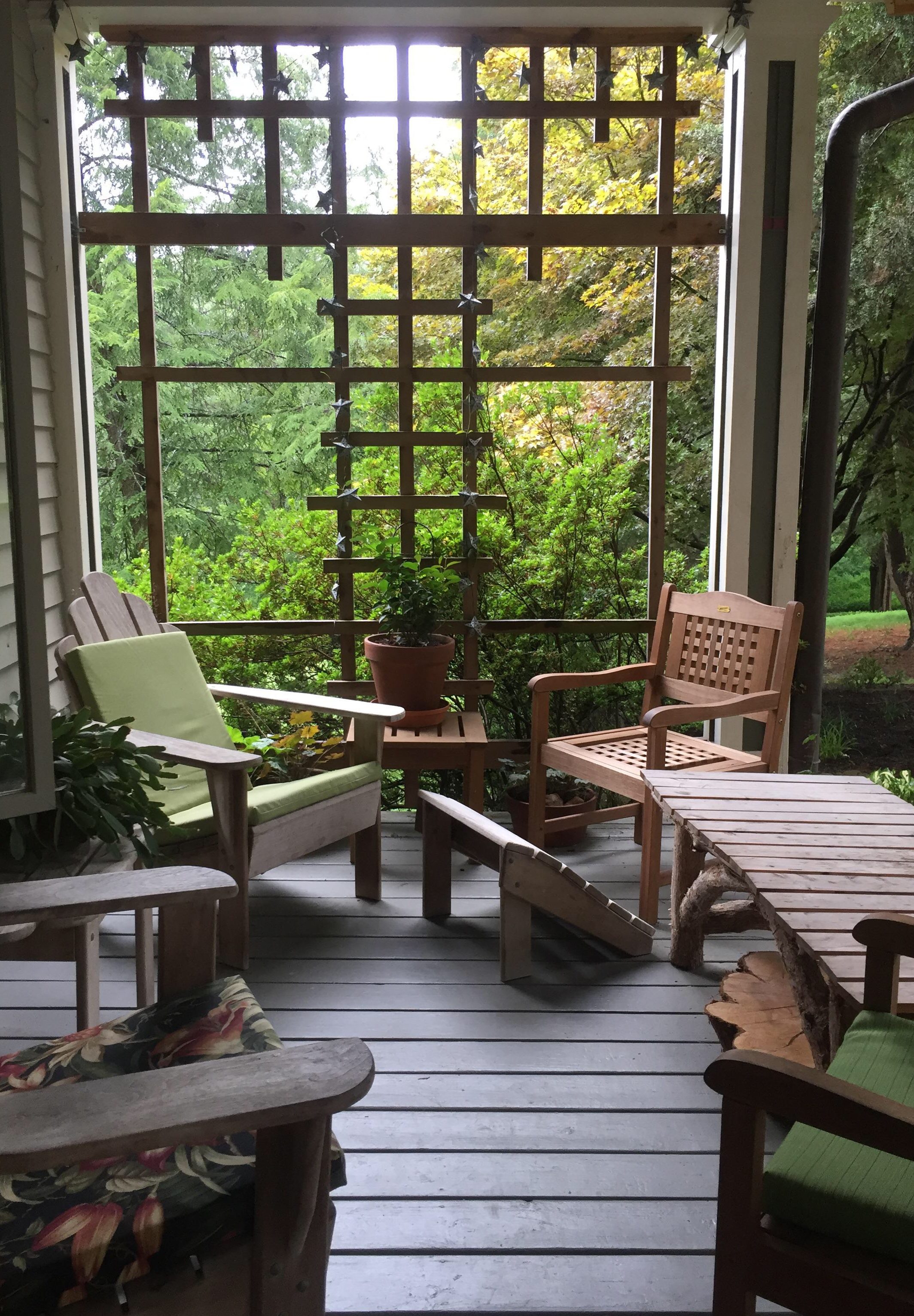
When?
Any time during business hours, really, and anytime that works for you is a good time to thrift. Sometimes waking up, grabbing a cup of coffee and being the first person through the doors of your favorite location just feels right. Other times, a slow Sunday evening might yield unexpectedly great finds. Regardless, it’s a good idea to get a sense of when your local stores put fresh items out; timing is everything and getting an early look at new inventory is a worthwhile advantage.
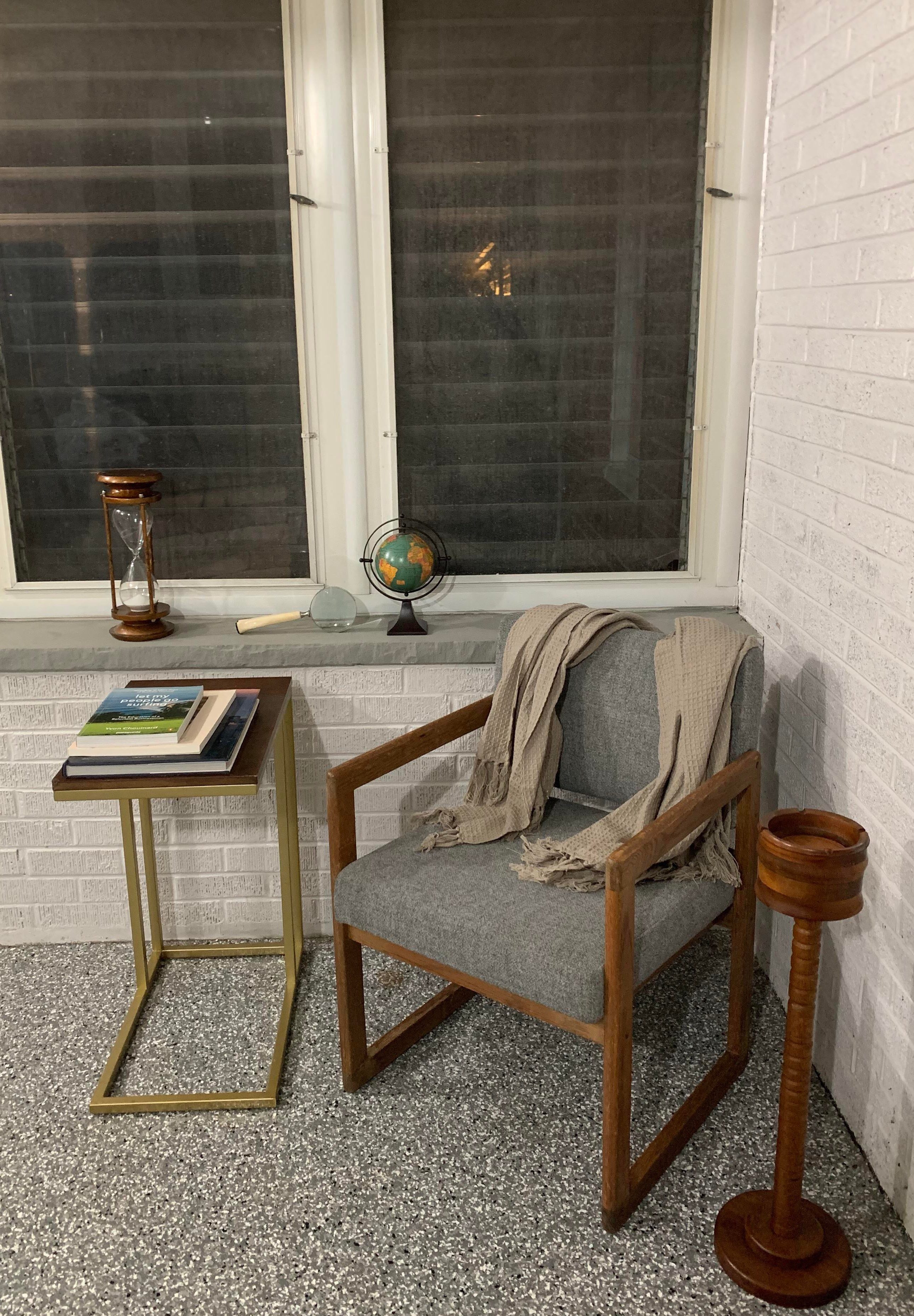
A Little More About Marlin
Marlin Blansfield is a native Rhode Islander with an instinct for the antiquarian- clothing, furniture, you name it. He hopes you enjoy his small contribution to Marianne’s Consignment Confessions. If you see him out thrifting, be sure to say hello.
And Now For A Little Music Before We Go…
“You don’t have to burn books to destroy a culture. Just get people to stop reading them.”
Ray Bradbury



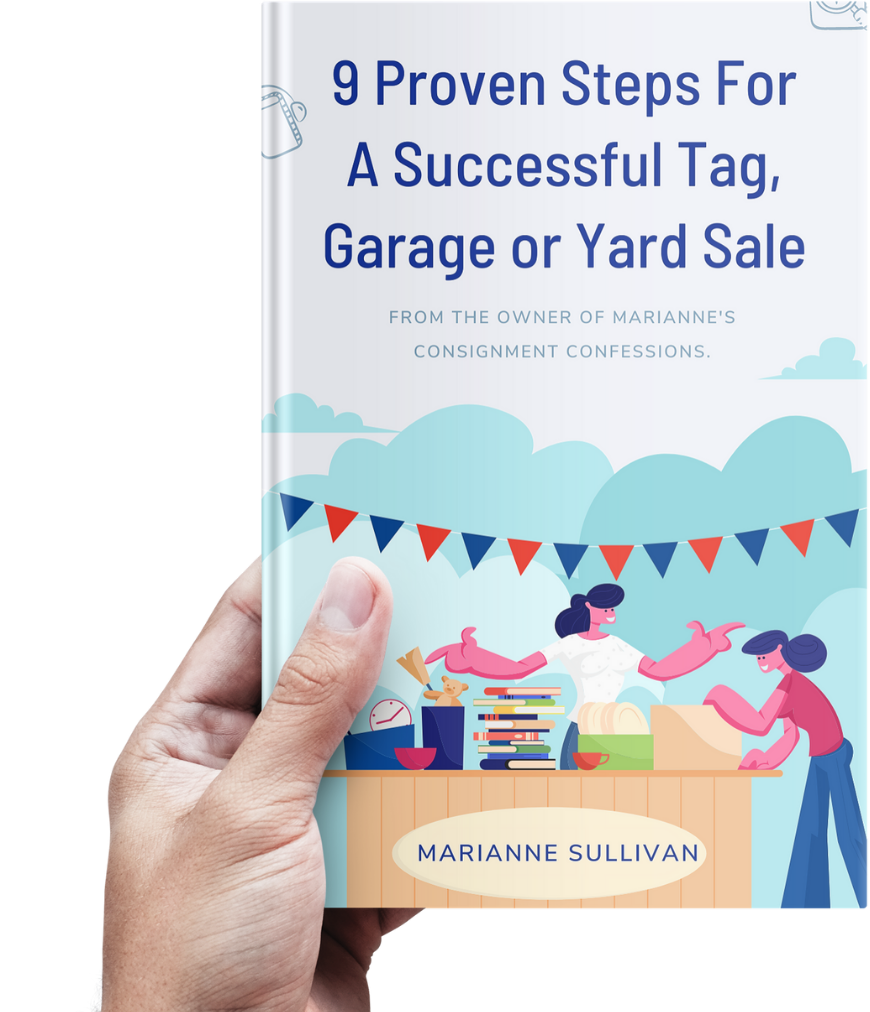





No Comments